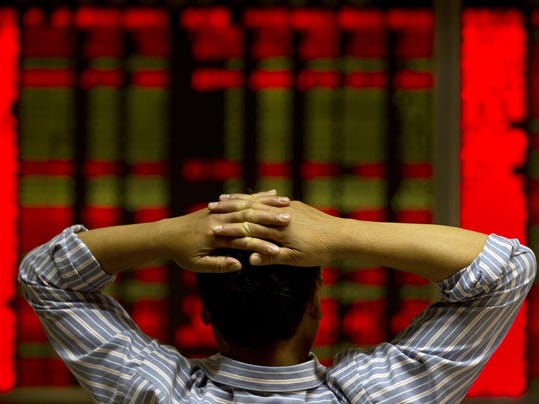How will China stock market crash affect world economy?
Jul 13, 2015

China’s spectacular stock crash poses three questions. First, what caused it? Next, will it harm the “real” economy of spending and hiring, inside China and beyond? And, finally, how will it affect China’s Communist Party and its economic strategy?
If you haven’t paid attention, here are some basics about the crash. The Shanghai market hit its peak on June 12. By July 8, prices had dropped about a third. The smaller Shenzhen market, with more high-tech companies (it is often likened to America’s Nasdaq), suffered steeper losses. Altogether, about $3.5 trillion of paper wealth vanished.
Superficially, the stock collapse seems a classic bubble, driven by crowd psychology and cheap credit. In the year before the peak, the Shanghai index rose 152 percent. Shares were often purchased with borrowed money. Economists at UBS, the Swiss banking giant, estimated stock credit at about $500 billion. Investors chased high prices and pushed them up further. But that’s not the whole story.
At the rally’s start, stocks seemed underpriced, possibly reflecting memories of an earlier crash between October 2007 and November 2008 — spanning the global financial crisis — when the Shanghai exchange lost 70 percent of its value, says economist Todd Lee of IHS, a consulting company. In June 2014, the price-earnings ratio of the Shanghai market was about 10; by contrast, the historical PE ratio of Standard & Poor’s index of 500 stocks since 1935 is 17. (The PE ratio compares stock prices with company earnings, aka profits.)
With China’s economy growing faster than America’s, Chinese stock prices seemed relatively cheap. China’s economy, however, was also slowing, from annual growth rates of about 10 percent to 7 percent. Stocks ultimately became disconnected from the economy’s performance. “Irrational exuberance” took charge.
The People’s Bank of China — the country’s Fed — underestimated the boom and encouraged it by loosening credit. By May of this year, the Shanghai market’s PE ratio was 22; Shenzhen’s PE was almost triple that. “The least sophisticated investors ... got in at the end. The smart money got out earlier,” said this analyst. Two-thirds of new investors weren’t high school graduates, wrote Ruchir Sharma of Morgan Stanley in The Wall Street Journal.
Economists disagree whether the crash will further slow China’s economy. One way would be the “wealth effect”: As people feel richer or poorer, they raise or lower their spending. Although this happened in the United States, many economists doubt it applies to China’s crash. For one, stock ownership is smaller. About half of U.S. households own stocks. In China, only about 9 percent of urban households hold stock, reports a recent survey.
But Morgan Stanley’s Sharma argues that the crash could depress the economy by eroding confidence. The effects would spread to other countries. China’s demand for imported raw materials would diminish. Export markets might be disrupted, as Chinese firms cut prices and dump excess production abroad.
The long-term danger, argues economist Eswar Prasad of Cornell University, is that China’s communist leaders will lose their appetite for overhauling the economy. They’ve decided to move away from export-led growth and investment in heavy industry (steel, cement) and infrastructure (roads, ports). Instead, the economy would rely on stronger consumer spending.
This would be better for China and everyone else. China would be more insulated from global instability, and China’s exports would be less threatening to other countries. But getting from here to there isn’t easy, as the stock collapse shows.
Source: app.com